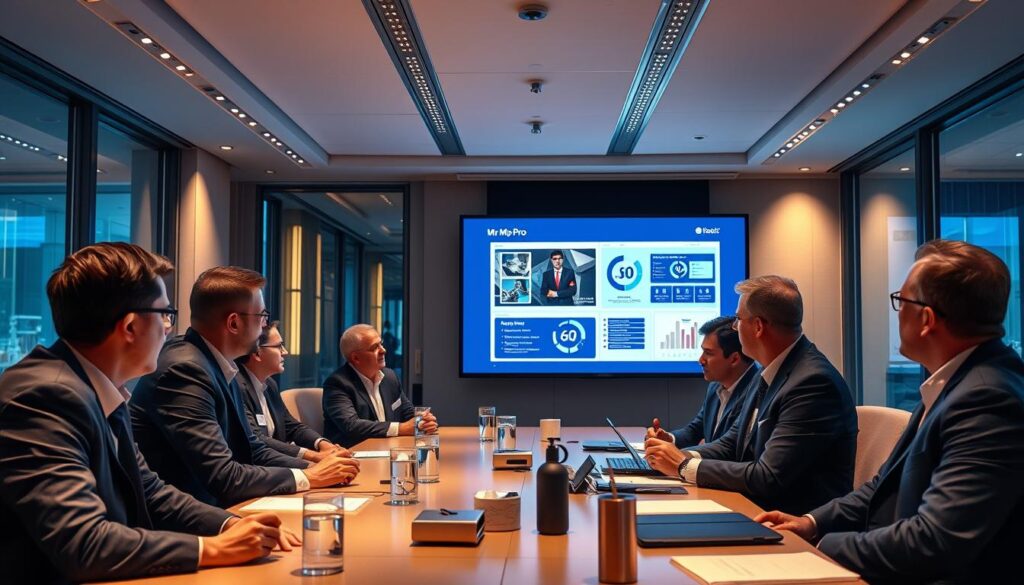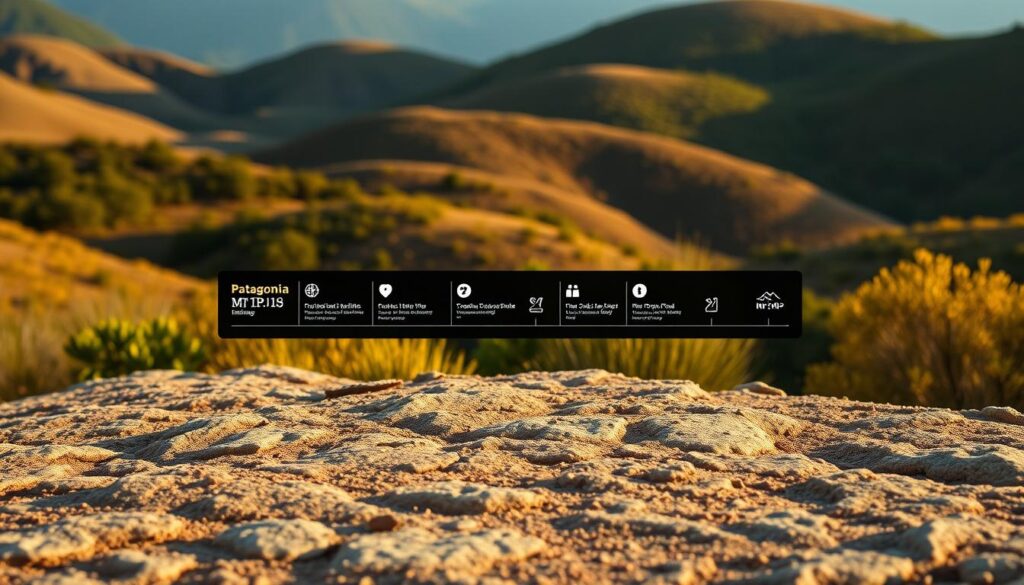
Imagine this: producing one jacket requires 36 gallons of water and generates 20 pounds of carbon dioxide emissions. These startling facts were revealed in Patagonia’s groundbreaking 2011 campaign, which dared to ask customers not to buy their popular R2 jacket. This bold move wasn’t just about reducing environmental impact—it was a call to rethink consumer culture and the true cost of fashion.
Launched on Black Friday, a day synonymous with shopping sprees, the campaign highlighted the stark reality of clothing production. Each jacket, for instance, used enough water to meet the daily needs of 45 people. Despite the “don’t buy” message, sales surprisingly increased by 30%, showing how transparency and sustainability can build trust and loyalty.
At the heart of this campaign was Patagonia’s founding vision: to create high-quality clothing while doing no unnecessary harm to the planet. Founder Yvon Chouinard, a climber and environmentalist, embedded this philosophy from the start. The company’s commitment to sustainability is further reflected in its 1% for the Planet initiative, donating 1% of profits to environmental causes since 1985.
This campaign marked a turning point, not just for Patagonia but for the entire industry. It challenged traditional marketing norms and sparked a broader conversation about sustainability in fashion. By encouraging customers to think twice before making a purchase, Patagonia set a new standard for responsible business practices.
Campaign Background and Patagonia’s Mission
Patagonia’s groundbreaking campaign was rooted in a deep commitment to environmental responsibility. Founded in 1973 by Yvon Chouinard, an environmentalist and climber, the company has always prioritized sustainability. From its early days, Patagonia embraced eco-friendly practices, such as switching to organic cotton and offering repair services, to minimize its environmental footprint.
Patagonia’s Environmental Ethics and Origins
Yvon Chouinard’s climbing background influenced the company’s mission to create high-quality products while causing minimal harm to the planet. Patagonia’s founding principles emphasized environmental integrity over profit, setting it apart from fast-fashion brands like Zara and H&M. This commitment was further demonstrated through initiatives like the Common Threads program, which encouraged customers to repair and reuse clothing rather than discarding it.
The Rise of Sustainable Fashion
The campaign marked a turning point in the fashion industry, challenging traditional marketing norms. By encouraging customers to think before they buy, Patagonia promoted a shift toward sustainable fashion. This approach not only raised awareness about the environmental impact of clothing production but also highlighted the importance of choosing quality over quantity.
| Aspect | Sustainable Fashion | Fast Fashion |
|---|---|---|
| Production | Emphasizes eco-friendly materials and minimal waste | Focuses on rapid production, often with low-cost materials |
| Consumption | Encourages buying less, higher quality items | Encourages frequent purchases of trendy, low-cost items |
| Environmental Impact | Seeks to reduce carbon footprint and water usage | Contributes to high carbon emissions and water pollution |
Patagonia’s efforts to promote sustainability resonated with customers, leading to a 30% increase in sales after the campaign. This success story underscores the power of transparency and environmental responsibility in building customer trust and loyalty. By redefining consumerism, Patagonia set a new standard for the fashion industry, proving that sustainability and business success can go hand in hand.
For more insights on how to align your business with environmental values, visit our guide on e-commerce SEO strategies to enhance your online presence.
In-Depth Analysis: Patagonia Don’t Buy This Jacket Campaign
What happens when a company tells its customers not to buy its product? For one company, it led to a 30% increase in sales. This bold strategy was at the heart of a groundbreaking campaign launched on Black Friday in 2011.
Campaign Strategy and Messaging
The campaign’s central message was clear: producing one jacket required 36 gallons of water and generated 20 pounds of carbon dioxide emissions. By sharing these startling facts, the company aimed to raise awareness about the environmental cost of consumerism. The campaign’s transparency was a risky move, but it resonated deeply with customers, building trust and loyalty.

The campaign’s success can be attributed to its honest communication. By encouraging customers to think before they buy, the company promoted a shift toward more mindful consumption. This approach not only highlighted the environmental impact of clothing production but also emphasized the importance of choosing quality over quantity.
Sales Impact and Environmental Transparency
Despite the “don’t buy” message, sales increased by 30% in the nine months following the campaign. This paradox underscores the power of transparency and environmental responsibility in driving customer trust. The campaign’s success also set a new standard for sustainability in advertising, showing that businesses can thrive while promoting eco-friendly practices.
| Aspect | 2011 Campaign Strategy | Result |
|---|---|---|
| Environmental Transparency | Shared detailed environmental impact data (water usage, CO2 emissions) | Increased customer trust and loyalty |
| Consumer Messaging | Encouraged mindful consumption | 30% sales increase |
| Industry Impact | Set a new standard for sustainable advertising | Recognized as a benchmark for responsible marketing |
This campaign’s success offers valuable lessons for businesses looking to align their practices with environmental values. For more insights, explore our guide on the transparent tech revolution.
Marketing Lessons and Industry Impact
The marketing world witnessed a remarkable shift when a company dared to tell customers not to purchase its product, leading to a 30% sales increase. This bold strategy, implemented during a peak shopping season, redefined consumer engagement and industry standards.
How Patagonia Redefined Consumerism
By prioritizing transparency, the company highlighted the environmental cost of production, encouraging mindful consumption. This approach not only built trust but also shifted consumer behavior, proving that honesty can drive loyalty and sales.
Insights from Myspace’s Innovation Failures vs. Facebook’s Dominance
Myspace’s cluttered interface and lack of innovation led to its downfall, while Facebook’s simplicity and user-focused design propelled its success. Similarly, Patagonia’s clear, authentic messaging resonated more than traditional advertising, emphasizing quality and purpose over profit.
Long-Term Brand Loyalty Through Authenticity
Authenticity fosters loyalty. Patagonia’s commitment to sustainability and quality created a loyal customer base. By promoting repair and reuse programs, the company demonstrated a dedication to the planet, not just profits, setting a new standard for responsible business practices.

For more insights on aligning your business with environmental values, visit our guide on e-commerce SEO strategies to enhance your online presence.
Interactive Timeline Challenge and Engagement
Engage with our interactive timeline to uncover the pivotal moments that shaped the Don’t Buy This Jacket campaign. This challenge invites you to identify key milestones and reflect on how they influenced the company’s success.
Spot the Pivotal Moments That Shaped the Campaign
Take a closer look at the timeline below and see if you can pinpoint the critical moments that defined the campaign. Consider how the company balanced environmental concerns with business goals, and how this approach impacted consumer behavior.
| Year | Event | Impact |
|---|---|---|
| 2011 | Launch of the Don’t Buy This Jacket campaign | 30% increase in sales within nine months |
| 2012 | Expansion of Worn Wear program | Encouraged product longevity and reduced waste |
| 2018 | Closure of stores on Election Day | Highlighted commitment to environmental activism |
| 2021 | Banned corporate branding | Aligned business practices with sustainability values |

Reflect on how these milestones reflect broader trends in sustainable business practices. Consider the parallels with other industries, such as tech, where companies like Kodak faced challenges in adapting to change. Share your insights on how timing and user experience influenced success in both clothing and tech sectors.
Join the conversation and share your thoughts on the pivotal moments that shaped this groundbreaking campaign. Your perspective could offer valuable insights into the future of sustainable business practices.
Conclusion
In a bold move that challenged conventional marketing wisdom, a company urged its customers not to purchase its product, leading to unexpected growth. This approach, while counterintuitive, demonstrated the power of transparency and sustainability in building trust and driving success.
The campaign revealed that producing one jacket required 36 gallons of water and generated 20 pounds of carbon dioxide emissions. Despite the “don’t buy” message, sales increased by 30%, proving that authenticity can resonate deeply with consumers. This success underscores the importance of mindful consumption and the value of quality over quantity.
The broader marketing lessons from this campaign are clear: simplicity and user experience matter. Much like how Facebook’s clean design outperformed Myspace’s cluttered interface, Patagonia’s clear messaging and commitment to sustainability set a new standard. By encouraging customers to think before they buy, the company promoted a shift toward sustainable practices and redefined industry norms.
In conclusion, the campaign’s impact extends beyond sales figures. It highlights the enduring value of sustainable, purpose-driven business practices. As seen with Patagonia, aligning business goals with environmental values can lead to real-world growth and market success. Consider how ethical practices might transform your business, just as they did for this pioneering company.
For more insights on this groundbreaking initiative, visit the official campaign page to explore how transparency and sustainability can drive success.

 Patagonia’s Don’t Buy This Jacket Campaign Promoting Sustainability
Patagonia’s Don’t Buy This Jacket Campaign Promoting Sustainability
0 Comment